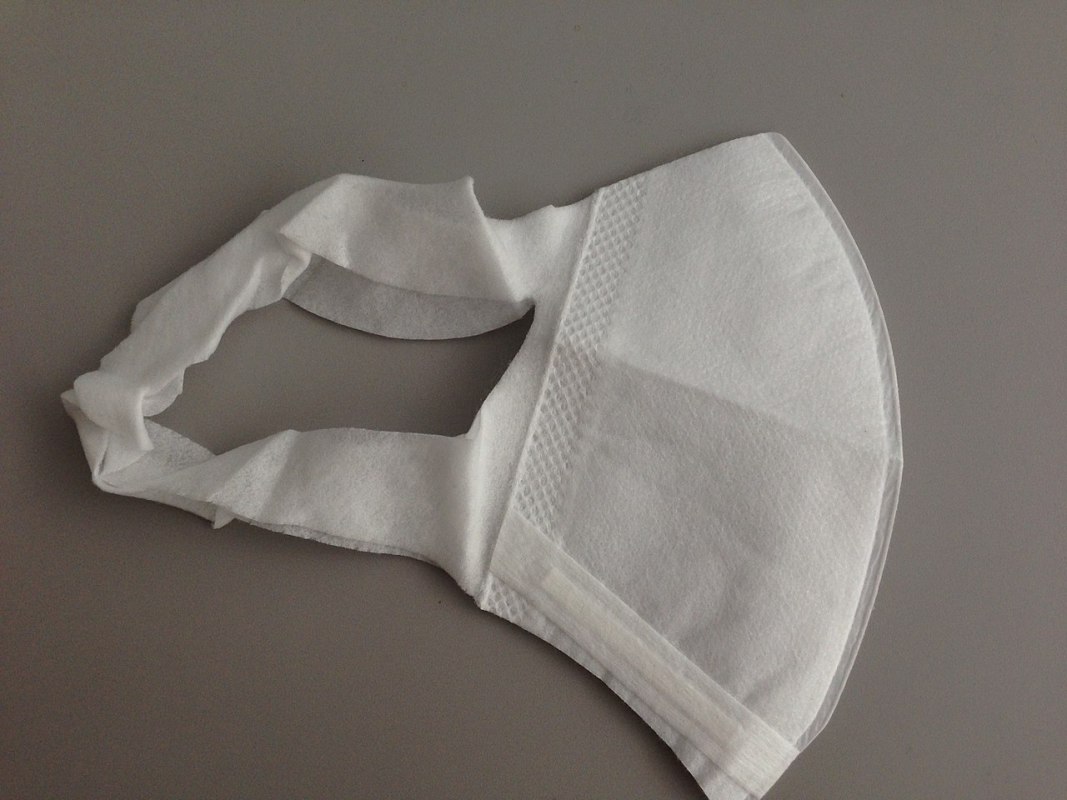How does an extremely connected world react to a global outbreak of a deadly virus? The current coronavirus outbreak offers what may well be the first demonstration of this, based on a new article by Karen Hao and Tanya Basu at MIT Technology Review. And the consequences could be chaotic, given that the information that spreads online isn’t always accurate.
The World Health Organization has referred to this particular outbreak as an “infodemic,” which they characterize as “an over-abundance of information — some accurate and some not — that makes it hard for people to find trustworthy sources and reliable guidance when they need it.”
As Hao and Basu describe it, that amount of information — and the dubious quality of some of it — makes for a troubling reaction.
While SARS, MERS, and Zika all caused global panic, fears around the coronavirus have been especially amplified by social media. It has allowed disinformation to spread and flourish at unprecedented speeds, creating an environment of heightened uncertainty that has fueled anxiety and racism in person and online.
The ways in which Chinese restaurants have seen their business affected are but one manifestation of this.
On the plus side, the same tools that can spread falsehoods can also be used to educate the public. Hao and Basu write that “the WHO has attempted to address the issue by partnering with Twitter, Facebook, Tencent, and TikTok to clamp down on misinformation.” It’s a fitting way to combat dangerously incorrect information. Stopping an epidemic can take place on any number of fronts.
Subscribe here for our free daily newsletter.
Thanks for reading InsideHook. Sign up for our daily newsletter and be in the know.


















